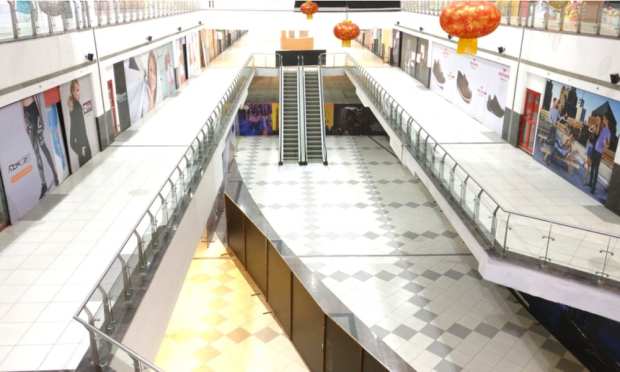Despite Amazon, Mall-to-Warehouse Conversions Are Losers, Barclays Warns

Mall owners may want to think twice before converting shuttered storefronts into trendy eCommerce warehouse hubs, a new report finds.
Amid a rash of bankruptcies by big anchor chains like Sears and JCPenney, mall owners large and small have been scrambling to fill huge expanses of empty retail space.
But while companies like Amazon are on the hunt for buildings to convert into warehouses, turning a dead mall into a distribution center won’t come close to replacing all that lost retail income, a new report by Barclays finds, according to CNBC.
Mall owners can expect to take a 60 percent to 90 percent hit on the value of their properties if they convert them for warehouse or residential use, according to Barclays.
And it’s not just warehouses that are bad bets for retail real estate firms stuck with dead or ailing malls. Residential conversions to apartments also don’t pay in the end.
The disappointing stats come amid a spate of grim news for the reeling mall sector and brick-and-mortar stores, which are struggling amid ongoing pandemic restrictions and a massive increase in online sales activity.
The United States could see as many as 1,100 mall closures over the next few years, or 15 percent to 17 percent of all the malls currently operating across the country, according to Barclays.
Just 2020 alone may see as many as 10,000 retail store closures, according to analysts at the multinational British investment bank.
A better bet for mall owners desperately seeking to maintain the value of their investments would be to convert dead retail hubs into mixed-use projects that would include some retail stores.
But that is easier said than done, with just 15 percent of dead malls in the U.S. able to achieve the holy grail of mall conversion, according to Barclays.
